Melissa Brandes
Blenheim EquiSports
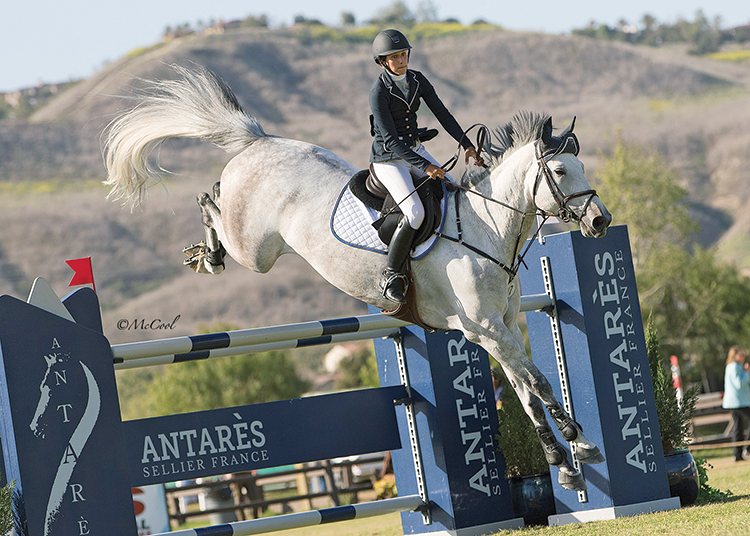
First and foremost, we want to ensure that we welcome our exhibitors to the safest environment we can possibly achieve by thoughtfully and thoroughly working with local, state, federal and USEF guidelines to put the necessary protocols in place. Once that has been achieved, we have to make sure that we have a smooth implementation of the current practices, allowing for the level of competition to stay intact and providing an enjoyable experience to those who attend.
We’ve worked with local, state. federal and USEF guidelines, health expert consultants, as well as collaborating with other managers, in order to compile the proposed plan. We are diligently creating implementation procedures, to make our return smooth and seamless, as we all adjust to the “new normal”. We have come to understand this is a fluid situation, with new discoveries and information emerging on a daily basis. We have worked together as a team at Blenheim EquiSports for over 20 years and we are committed to the sport, our exhibitors and our staff, and can’t wait to welcome everyone to our home. We have taken this challenging time to think outside the box, find solutions and remember what it is that binds us together — our love for horses.
Before mentioning changes, I would like to tell you what hasn’t changed: our beautiful green grass field, that got some extra rest this spring, our team ready to welcome everyone back and top-notch competition for all levels. In order to comply with our current environment and help prevent the spread of Covid-19, there will be some adjustments that will need to be made by everyone, collaborating for a higher cause. Some of the most noticeable changes will be, asking everyone to socially distance, creating a virtual office system and — unfortunately for the time being — having to ask the local community that has loved spending their afternoon at our park to watch from afar until the day comes when we can welcome spectators once again.
As for the biggest challenge in this transition, I think not just as a company, but for each of us individually, it is about coming to terms with the loss of what was and embracing the new. In the words of Helen Keller, “Alone we can do so little, together we can do so much”. We are all in this together, so my expectations are high and I believe we will overcome this and emerge stronger and united.
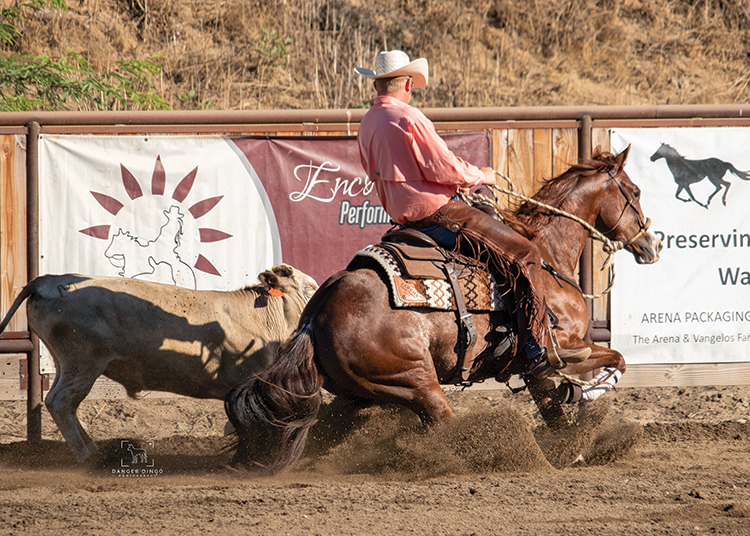
Roy Rich
Green Acres Ranch
Our first concern is, how am I going to handle all the people at my place during the shows? I know the Southern California Reined Cow Horse Association shows are going to be big. Also, how are we going to respect the people who choose to be socially distant as well as those who don’t? To handle the volume of contestants, I’m building additional stabling for the horses and preparing additional parking. For the people concerned about social distancing we have lots of open seating above the arena. Spectators can come to the ranch and enjoy the show with plenty of space for a healthy distance.
Hopefully, people will notice all the upgrades we’ve done to the facility for the shows. To handle the expected growth in the shows, I plan on having plenty of people to help get all the jobs done.
Paula Langan
California Dressage Society
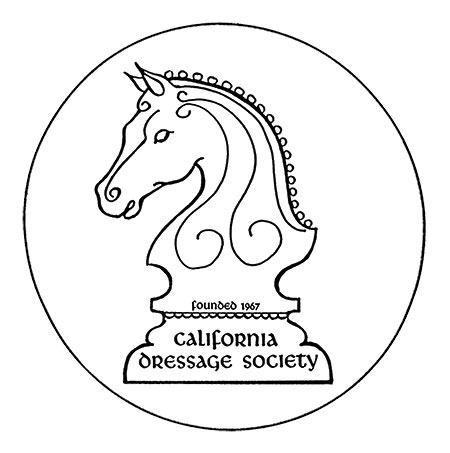
The California Dressage Society has many members anxiously eager to get back to showing, but of course they also have questions and concerns. CDS Board members have made it a point to be included on all the webinars and Zoom meetings of the national organizations, so CDS can answer as many of those questions and concerns as possible.
CDS has been hosting live Facebook webinars for our members with a panel of judges to answer submitted and live questions about returning to showing. Some of the judges have traveled already and they shared their experiences with that part of shows and clinics.
CDS has also modified the qualifying requirements for year end JR YR and CDS championships. Members were concerned there were not enough shows left on the calendar to get the required amount of scores.
All of the show managers are working hard to create a safe environment for riders to return to showing. Some large facilities have construction crews to remodel show office space and smaller venues have created other distancing measures. Riders need to keep informed about current protocol so the shows can continue safely. Each show premium will have a best practices protocol for riders to follow.
There will be no spectators, no scoreboards, no gathering. But riders will have a chance to get out there and show, and try out that new level or test, and enjoy the sport they love with their horse.
Marnye Langer
Langer Equestrian Group
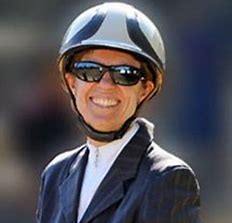
LEG has three companies, and each is addressing its respective “comeback” differently.
There is LEG Shows & Events, producers of 15 Los Angeles area shows at Hansen Dam Horse Park and L.A. Equestrian Center as well as five hunter-jumper shows in Woodside and 10 slated in Colorado.
While USEF allowed shows to resume as of June 1, we also have to obtain approval from governmental agencies. Multiple agencies have an interest in the approval process, and they are not always consistent. One of the most difficult challenges is working with non-horse people to explain horse activities. Our industry and sport occur outdoors, and by its nature is an isolated, individual activity. Research and data are showing that the likelihood of virus transmission is quite low, but much of the government decision-making seems to be more politically driven than fact-and-science driven.
I am actively working with both the City and the County to start having some very small, very controlled events. We hope to hold two day, non-USEF shows, and gradually expand with the hope that by late summer or early fall we can offer successful USEF shows.
LEG operates the 38-acre Hansen Dam Horse Park via a concession agreement with the City of Los Angeles. A dozen trainers operate at HDHP, which hosts more than two dozen horse shows as well as numerous parties, meetings, and other social activities that consume about 40 weekends, plus monthly Mexican Heritage Cultural Events.
We have been gradually edging Hansen Dam Horse Park to being more and more open. L.A. County came out with a re-opening document a few weeks ago, but as a City of Los Angeles park we were supposed to stay closed. This was an incredibly difficult situation as other stables around us had trainers giving lessons and people coming to the barn to enjoy their horses. Despite following social distancing, face masks, and other requirements, we were more constrained. With a lot of emails and phone calls, including to our elected officials, we were able to “re-open” HDHP, but only for boarding and training activities. Events make up a significant part of our annual income, and those seem a way off.
LEG’s Hansen Dam Riding School operates out of HDHP, and prior to the pandemic shutdown, the school was giving more than 500 riding lessons a month. More than 60 percent of its riders took their first lesson at HDRS, which keeps about 16 lesson horses.
“For Hansen Dam Riding School, we were again hampered by bureaucrats who had just enough horse language to be dangerous. They were insistent that “group lessons” could not happen, despite the fact that HDHP has more than a dozen arenas and they are all quite sizable. Then the County came out with a ruling that a group lesson of two riders could occur in a round pen but not an arena. Somehow a 2,700 s.f. round pen was more appropriate than a 30,000 s.f. arena. Again, a lot of emails, phone calls, and parsing words, and our riding school is giving one-on-one instruction to very happy riders. Social distancing is occurring and people are outdoors enjoying themselves.
The essence of “sport” this year is negligible. My focus is figuring out how to get the “motor” of our industry started up. We need to help our horse people – in the many roles and functions that exist – get back to work. Businesses, including individuals are going to fail and they don’t have to. This extended shutdown is really impacting our industry in a negative manner, and I am struggling to find the valid justification for it.
People are going to return to the barn, to shows, and horse activities and want to hang out with their friends and escape from their cares. We are going to have to continue with social distancing and some level of face coverings, along with keeping things clean and lots of hand washing. I like to kind of joke that we all should have really clean tack. Give your bridle a good cleaning when you are done with all your barn activities, and your hands get washed too.
If people are mindful, I think we can all enjoy our horse activities and get a lot of fulfillment. We are lucky because most aspects of our sport and recreation set us up for success. I am glad I am not involved in a high contact, indoor activity.
What will be the biggest challenges in our transition back to “normal”? I think horse shows are going to be the most difficult and the most changed experience. Initially, we are going to have to implement a “show and go” model. Riders come to the show, get on their horse, compete, and leave. So much about showing is social, even with the highly competitive aspects. Although right now people really want to go to shows, I wonder if that enthusiasm will continue once they experience the reality. I think that local shows, where people do not have to travel away from home are going to be much more popular. Who wants to travel, stay in a hotel, go to the horse show for two hours, and then return to hang out in your hotel room?
We are fortunate to be in a large, urban area where many of our customers do not have to travel from far away. We are looking to have weekend shows where people can stay at home. As we learn more about COVID-19 and start having events, we can then see if we can “open” events more and more, and allow people to hang out to some degree. I know we are going to look at new and different ways to have fun at a show. We are going to have to be creative, willing to try different things, get ideas from our customers, and be nimble.
COVID-19 is here to stay, a vaccine is some time away, and we have to figure out how to balance health, get back to business, and living our lives.
Raizy Goffman
L.A. Hunter-Jumper Association
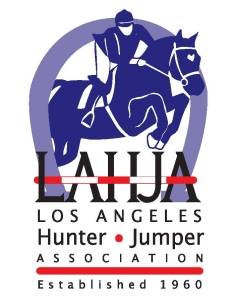
Safety and social distancing during competitions is the big concern for LAHJA, SFHJA, and all horse show associations. How to adhere to the governmental and USEF protocols and open up competitions safely at various venues is a big concern. Another concern is year-end points and medal qualifying and medal finals.
There have been many Zoom meetings with various groups of managers, licensed officials, association board members, etc., to address the problems of “going forward”. Most show managers have protocols in place, but are just waiting for L.A. County to give the OK. The other problem is whether it is financially feasible for organizers to hold a horse show with all the protocols, added staff to administer the new rules, and less attendance. Most associations have already softened the qualifications for their medal finals.
Lots of possible changes will be noticed — masks required except when on a horse, temps taken upon entering the grounds, social distancing, stabling with possibly only trainers and grooms allowed in the stable area, no VIP gathering areas, “show-and-go” rules in effect, times assigned for showing and warming up, and more. The USEF website has listings of all the rules that must be enforced.
The two biggest challenges for the LAHJA will be (1) keeping everyone safe and healthy and not adding to a spike in Covid-19 that might lead to another lockdown, and (2) will show managers be willing to take the intensive work and financial risk to keep horse shows alive in 2020?
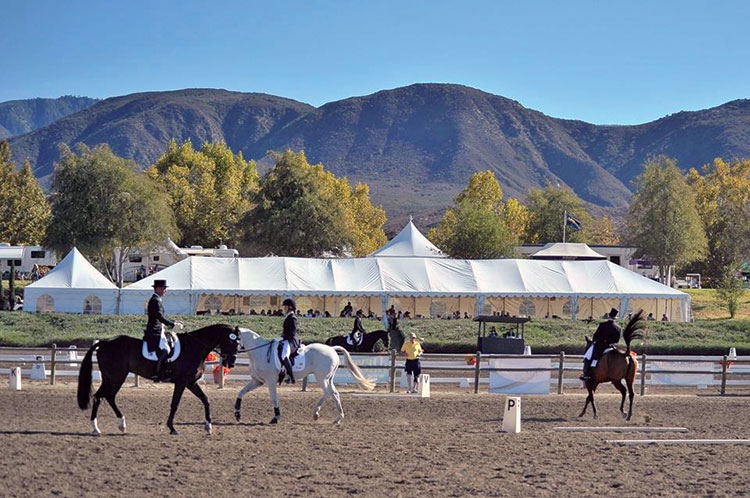
Robert Kellerhouse
Galway Downs
A top concern is the seemingly endless areas of cleanliness we need to address to make sure our riders are safe for their return. What might be OK for one person could be questionable for another and even unacceptable for some. It is our goal to achieve success with all.
We will be isolating the points of potential collision of groups of people not familiar with one another. At these areas (office, bathroom, food distribution, entrance, wash racks, stables) we intend on concentrating our social distancing efforts. In some cases extreme measures will be required including regular sanitizing and mandated hand-washing and social distancing.
People will notice signage and directions on how the CDC and USEF wants us to act. We will also be taking advantage of the abundance of space at Galway. A beautiful and naturally socially distant venue.
The biggest challenge will be trying to make sure 100 percent of our clients are satisfied with our efforts. We will be learning and adjusting to make sure we hit the mark for all on our effort for maximum safety. Horse people are quite familiar with going the extra mile for a biosecure environment. We are used to mitigating the spread of virus like EHV and VS and have responded amazingly in taking on these challenges in the past and I’m confident that these lessons will translate to our own responsibilities in dealing with tamping down COVID-19 and other nasty bugs.
Patti Schooley
Inland Empire Hunter-Jumper Association
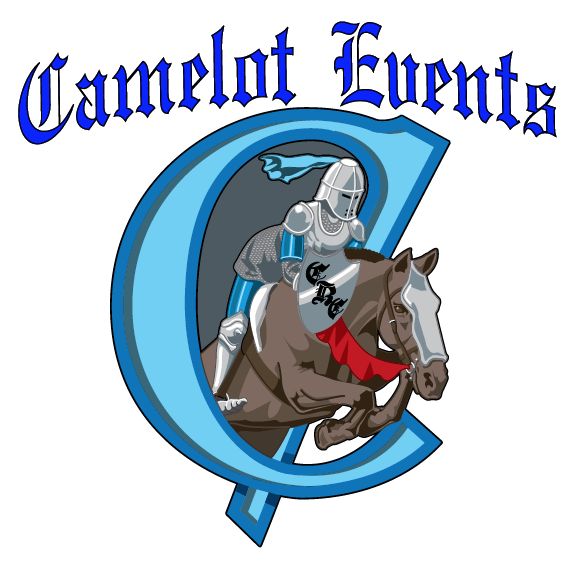
The Inland Empire Hunter Jumper Association (IEHJA) recommends to all horse show managers to comply with county health department regulations related to the “re-opening” of competitive equestrian events. IEHJA sanctions shows in four counties including Riverside, San Bernardino, Orange, and San Diego. Each county sets its own guidelines and regulations that must be adhered too.
IEHJA’s main concern in the restart of the horse show season has to do with competitor, volunteer and show official safety. Do all participants feel safe enough to travel to a show facility after almost three months of a “stay at home” order? How can the common-sense health directives to wear a mask, maintain social distancing, sanitizing hands and surfaces and “no contact” food service — come on, we’re horse people… we play in the dirt, we are gregarious, we help our barnmates and our families congregate on the sidelines to cheer us on!
IEHJA show managers have worked extremely hard to address these and other issues that Covid 19 has created. Every horse show participant must make the decision that the virus has been curbed, controlled, or flattened (choose your adverb) and a return to competition is safe. Along with this decision every participant must take personal responsibility to adhere to the rules, regulations and guidelines established by each show manager. In individual show premiums or via social media contacts participants are requested not to come if they are sick or not feeling well, to wear masks (except while in the arena), wash or sanitize your hands frequently, do not congregate and try to maintain social distancing.
Many show managers are supplying masks for those who forget to bring one, provide hand washing and sanitizer at various locations, snack bar food will be prepackaged with canned or bottle drinks available and social distancing will be enforced at the gate as horse will not be allowed to congregate. Some shows will have an established order of go to prevent congregation of horse and riders. Families and friends will be requested to maintain social distancing on the sidelines. Again, county health regulations will apply.
These changes are the new normal for competitive equine events. Show managers now have the additional job of ensuring participant compliance — just one more thing to worry about. Competitors may notice that shows are run on a more rigid schedule to comply with the new normal. The sideline socializing will be reduced. We all must remember what is at stake and heed the new rules.
IEHJA’s biggest challenge will be to assist the various show managers in implementing the Covid safety rules. Additionally, getting the word out to competitors that shows have restarted and will be held as scheduled is a major challenge. Four IEHJA sanctioned shows are scheduled for June: Willowbrook Riding Club Saddle Series, June 7th in Desert Hot Springs; Ramona Valley Hunter/Jumper Show, June 14th at Creek Hollow Ranch, Ramona; Showcase Show Series, June 20th at Showcase Training Stables, Redlands and South Coast Show Series, June 28th, at Sweetwater Farms, Bonita
IEHJA is busy planning its year end “Fall Festival” horse show to be held November 5th-8th at Galway Downs in Temecula. For more information please check our website at www.iehja.com.
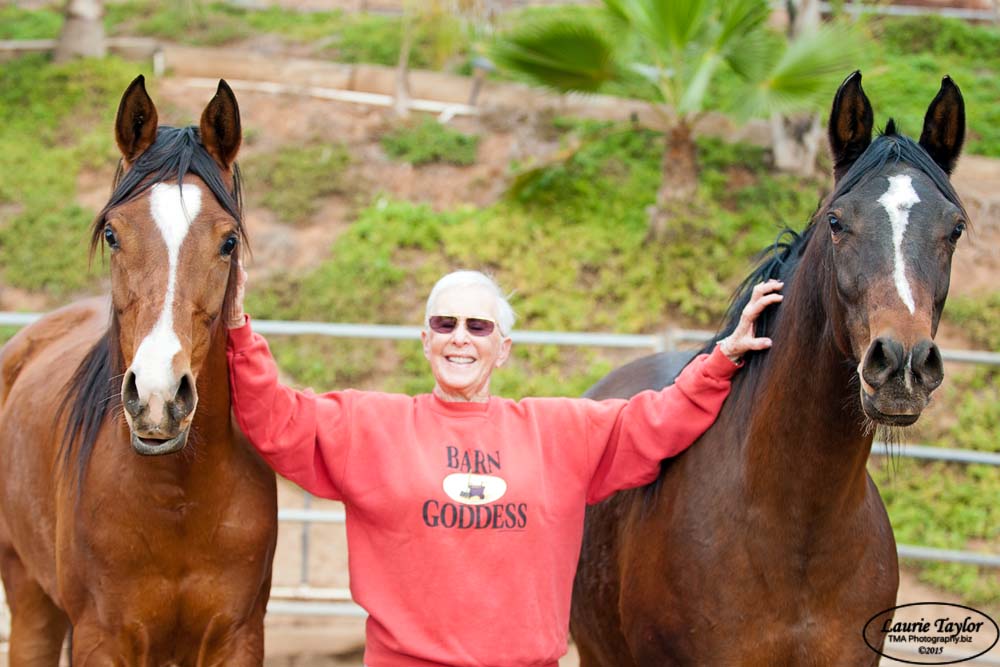
Mimi Gaffney
AHA Region One
I think that one of the major issues for the foreseeable future for Region One is whether, with all the restrictions at this time, would anyone really come to show.?
If the Del Mar Fairgrounds does not get the funding that they need to stay open, where we would we hold our Region One show? Del Mar is a destination place and this helps bring in people from Nevada, Arizona and even from Northern California to our show.
At this point in time there is not too much we can do as far as the Fairgrounds is concerned except write to our state legislators and try to make sure that they put money where it is really needed — the Fairgrounds — and not toss it away on give-away programs. As to the protocols that we will have to use, that remains to be seen and will have to be addressed as things move forward.
Of course there will be changes. I don’t think that you will see people congregating along the rail like they used to. There will be stringent changes into the way the barn area is handled. What these will be is anyone’s guess. And there is always the possibility that even when things are back to “normal”, people may not want to take the risk of coming to a horse show. They may have decided to just enjoy their horses at home or turn their show horse into a trail horse and just enjoying nature.
Our club’s biggest challenge will be to get enough people and horses to make money on the show. If we don’t get the number that we need to break even, we will lose money and we can’t keep doing that year after year. People need to feel secure and safe and also have the discretionary income to afford to come and want come to a horse show.
Leave a Comment
All fields must be filled in to leave a message.